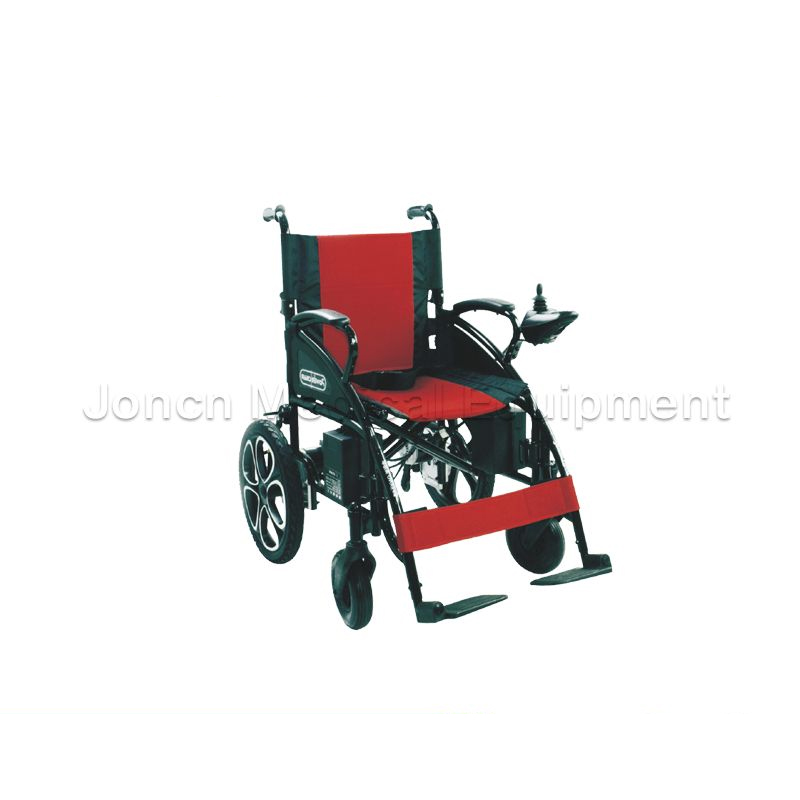
Medical trolleys are essential pieces of equipment in hospitals, clinics, and other healthcare facilities. They are designed to help medical staff transport instruments, medications, and supplies efficiently and safely. The dimensions and configurations of medical trolleys vary depending on their specific applications, but they all share one goal — to enhance workflow, improve accessibility, and ensure smooth operation in clinical environments.
The dimensions of medical trolleys are typically standardized to suit different departments and working spaces. However, variations exist to accommodate specialized needs.
Standard Size:
The most common medical trolley size is approximately 750–900 mm in length, 450–550 mm in width, and 900–1000 mm in height. This standard dimension provides enough space for multiple drawers or shelves while maintaining ease of movement through hospital corridors.
Compact Models:
For smaller clinics, narrow aisles, or operating rooms with limited space, compact trolleys are available with dimensions around 600 mm (L) × 400 mm (W) × 850 mm (H). These are lightweight, easy to maneuver, and ideal for carrying essential tools or medications for quick procedures.
Large-Capacity Models:
In emergency departments or intensive care units, large trolleys can measure up to 1100 mm (L) × 600 mm (W) × 1000 mm (H). These trolleys feature extra drawers, large worktops, and additional attachments to accommodate emergency supplies, monitors, and instruments.
Medical trolleys are designed in various configurations depending on their purpose. The internal structure, drawer layout, and accessory arrangement play key roles in their efficiency.
Medicine Trolley:
Typically equipped with 3 to 5 drawers, a flat working surface, and a side waste bin, the medicine trolley is used for daily medication distribution. Some models include lockable drawers to ensure drug security and prevent unauthorized access.
Emergency (Crash) Trolley:
This type usually includes 4 to 6 color-coded drawers, each designated for specific emergency supplies such as airway tools, drugs, and IV sets. A defibrillator shelf, oxygen cylinder holder, and CPR board are standard attachments. The emergency trolley is built for quick access and mobility during critical situations.
Anesthesia Trolley:
Designed for operating rooms, anesthesia trolleys feature multiple drawers for anesthetic drugs, syringes, and intubation tools. They often have a top tray with raised edges to prevent items from falling, and side shelves for equipment such as suction devices.
Instrument Trolley:
Usually made of stainless steel, instrument trolleys are simple in design, featuring two or three flat shelves for surgical tools. They are resistant to corrosion, easy to disinfect, and commonly used in operating rooms and sterilization areas.
Procedure or Dressing Trolley:
This configuration includes two to three trays, a waste bin, and a detachable bowl or bucket for wound dressing materials. The open design allows for easy visibility and quick access to supplies during minor medical procedures.

The design of medical trolleys is closely related to their material composition. Common materials include:
ABS Plastic: Lightweight, impact-resistant, and available in various colors for departmental differentiation.
Stainless Steel: Highly durable, corrosion-resistant, and ideal for sterile environments.
Aluminum Alloy: Provides a balance between strength and light weight.
The frame and handle designs are ergonomically shaped to reduce strain during pushing or pulling, while silent, lockable casters ensure smooth movement and stability.
Modern medical trolleys offer modular configurations. Hospitals can customize drawer numbers, tray arrangements, and accessory placement according to departmental needs. Add-ons such as monitor stands, IV poles, document holders, sharps containers, and power outlets can be integrated to enhance functionality.
Furthermore, some high-end models include electronic locking systems, anti-bacterial coatings, and smart inventory tracking features to improve safety and management efficiency.
The dimensions and configurations of medical trolleys play a crucial role in supporting healthcare operations. Whether it is a compact model for bedside use or a fully equipped emergency trolley, each design prioritizes functionality, mobility, and hygiene. Choosing the right size and layout ensures that medical professionals can deliver faster, safer, and more organized patient care.

High-strength aluminum alloy foldable stretcher for emergency use (Model: ST200028), a robust and versatile solution designed to meet the demanding needs of emergency medical situations. Engineered wi...
See Details
Manual hydraulic surgical table with CE Certification, designed to meet the demanding needs of modern medical procedures with precision and reliability. This advanced surgical table boasts impressive ...
See Details
Hydraulic gynecology operating theater table for hospitals, a solution designed to meet the rigorous demands of modern surgical environments. Crafted with precision and functionality in mind, this tab...
See Details
The ergonomic emergency trolley by Joncn Medical Technology is designed with future changes in needs in mind and can be adapted to new medical equipment and technology by adding additional storage uni...
See Details
High-quality emergency powder-coated steel trolley, a robust solution meticulously crafted for versatility and durability. Engineered from premium steel and fortified with a specialized powder coating...
See Details
Foldable electric wheelchair with motorized power wheels, specially designed to enhance mobility and comfort for the elderly. Crafted with meticulous attention to detail, this wheelchair boasts a robu...
See DetailsIf you are interested in our products, please consult us
Products
Mobile terminal